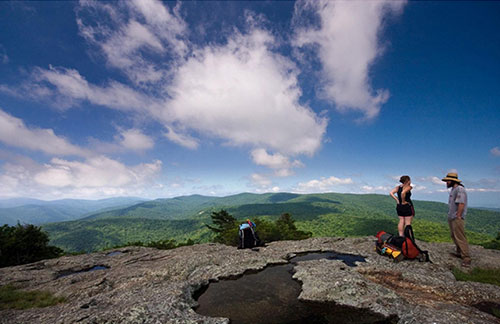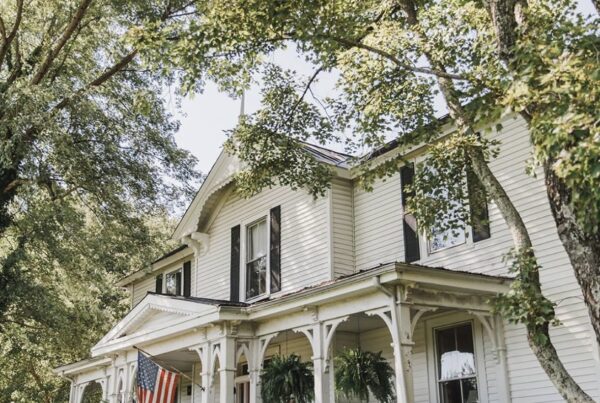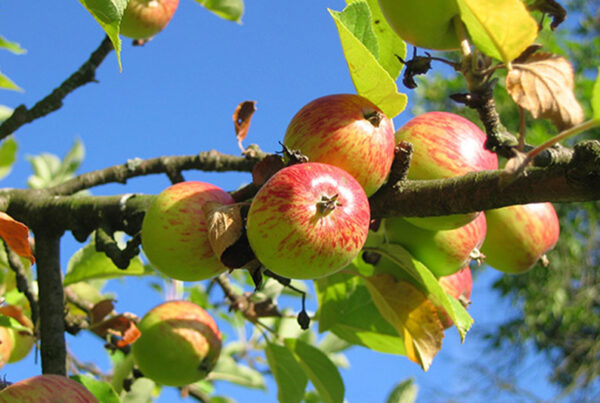Where Thomas Jefferson’s vision meets Civil War battlefields and 19th-century engineering marvels
Most history enthusiasts know Charlottesville and Williamsburg, but the real Virginia stories often hide in places like Nelson County—where major historical currents converged in the shadow of the Blue Ridge Mountains. This isn’t the sanitized, tourist-friendly version of Virginia history. This is where you can walk through a hand-carved 1850s tunnel, stand in Thomas Jefferson’s courthouse design, and trace the footsteps of Stonewall Jackson’s “foot cavalry” through mountain passes that changed the course of the Civil War.
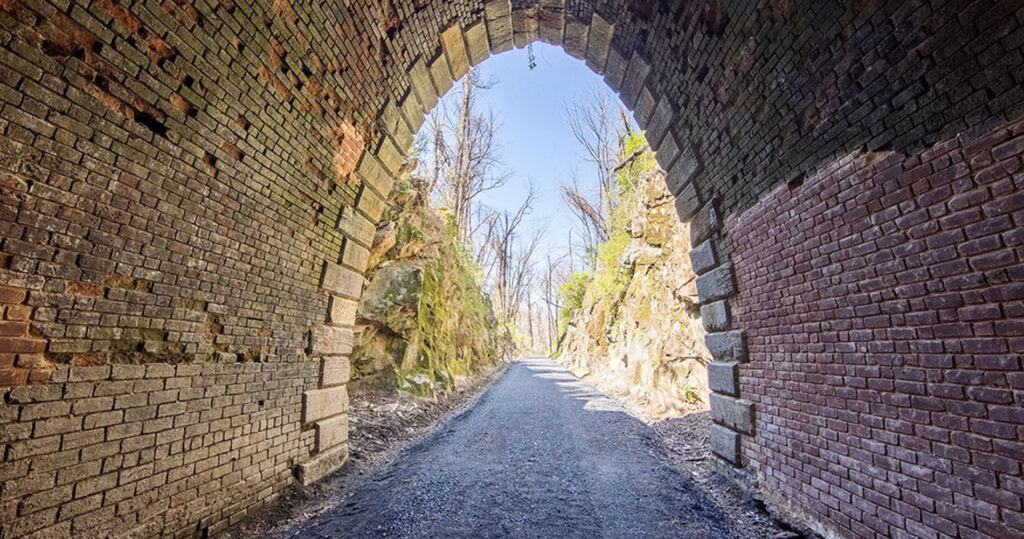
Engineering Triumph: The Blue Ridge Tunnel
The Blue Ridge Tunnel stands as one of America’s greatest 19th-century engineering achievements, and it’s hiding in plain sight beneath Rockfish Gap. When French engineer Claudius Crozet designed this passage in 1850, he was creating something unprecedented: a 4,237-foot tunnel through solid granite, hand-carved without vertical shafts for ventilation.
Walk through the tunnel today and you’re following the exact path where Irish immigrants spent eight years drilling through Blue Ridge granite with hand tools and black powder. The precision is staggering—when construction crews working from opposite ends met in the middle, they were off by less than six inches after tunneling through nearly a mile of mountain.
Crozet, a Napoleon veteran and West Point professor, understood that Virginia’s future depended on connecting the Piedmont to the Shenandoah Valley. The tunnel opened in 1858 as the longest railroad tunnel in the United States, instantly making it one of the engineering wonders of the world. During the Civil War, it became strategically crucial—Stonewall Jackson used this passage to move his troops rapidly across the Blue Ridge, earning them the nickname “foot cavalry” for their incredible speed.
The tunnel’s stone-lined western portal showcases the craftsmanship of Irish stonemasons who knew their work would outlast them. The eastern entrance reveals the raw geology Crozet’s crews conquered. Standing inside, flashlight beam cutting through the darkness, you’re experiencing infrastructure built to last centuries, not quarters.
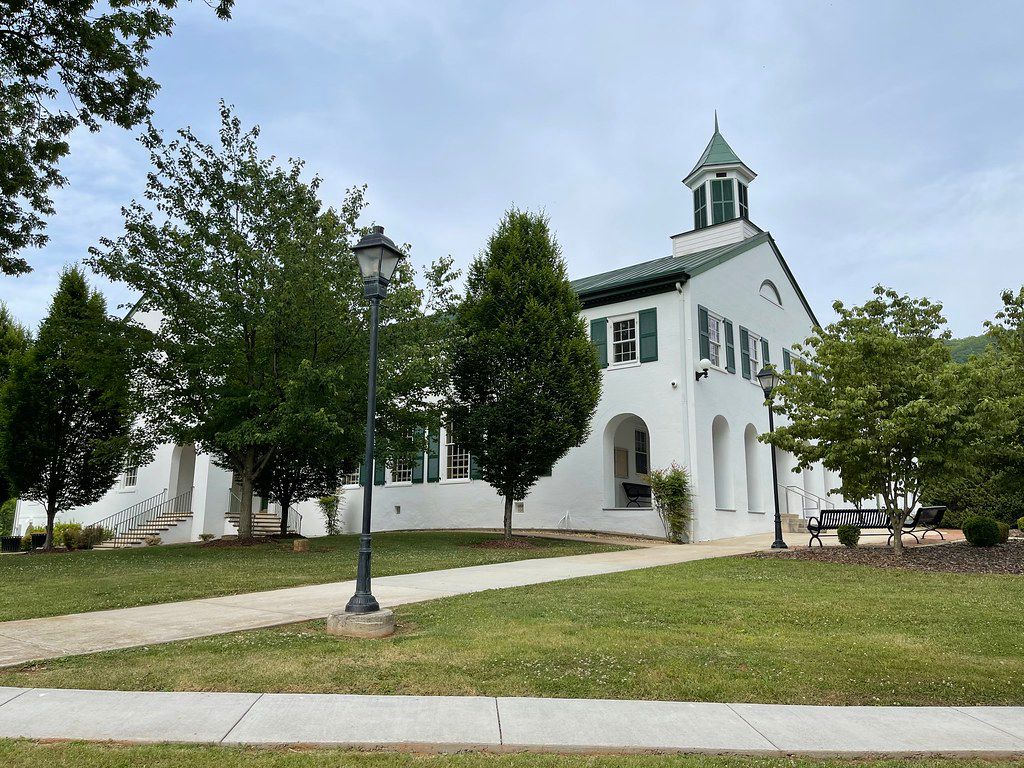
Jefferson’s Courthouse: Lovingston’s Architectural Gem
The Lovingston Courthouse represents Thomas Jefferson’s vision of democratic architecture made manifest. Designed by Jefferson himself, this 1807 courthouse anchors a town square that embodies the founder’s ideals about civic space and community governance.
Jefferson’s courthouse design reflects his belief that government buildings should inspire civic virtue without intimidating citizens. The proportions follow classical principles he studied in Europe, but adapted for Virginia’s materials and climate. The building’s modest scale and harmonious proportions create an atmosphere of accessible authority—government of the people, quite literally.
The courthouse has witnessed nearly every major event in Nelson County’s history, from antebellum court sessions to Civil War military tribunals. The building’s records chronicle the human stories behind historical events: slave sales that Jefferson’s own writings condemned, Confederate recruitment drives, Reconstruction-era land disputes, and the gradual transformation of a rural county into part of modern Virginia.
Walk through the courthouse square and you’re experiencing Jefferson’s urban planning philosophy. The open space encourages civic gathering while the surrounding buildings create human-scale community. This isn’t accidental—Jefferson believed that physical space shapes democratic character, and Lovingston’s courthouse square proves his point.
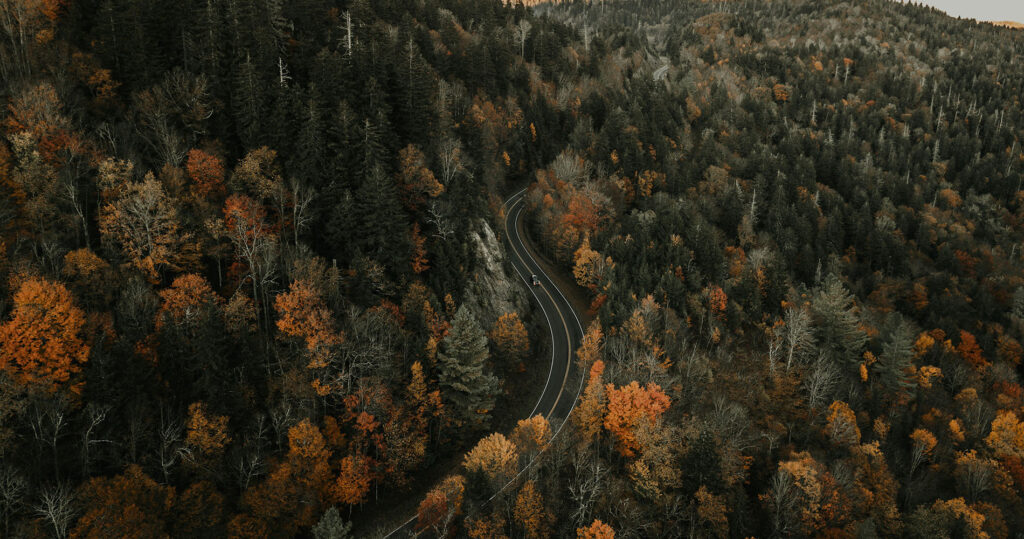
Civil War Crossroads: The Strategic Blue Ridge
Nelson County’s location made it strategically vital during the Civil War, and the landscape still tells these stories. The Blue Ridge gaps served as crucial passages for both Union and Confederate forces, with control of these mountain routes often determining military success in the Shenandoah Valley.
Rockfish Gap, where the Blue Ridge Tunnel emerges, became a critical chokepoint during the war. Confederate forces used the tunnel and surrounding mountain paths to move troops and supplies between the Valley and the Piedmont. Stonewall Jackson’s rapid movements through these passes confounded Union commanders who couldn’t understand how Confederate forces appeared and disappeared so quickly.
The Appalachian Trail, which crosses Nelson County, follows routes used by both armies during the conflict. Hiking these ridgelines, you can understand the tactical advantages that elevation provided—commanding views of approaching forces, defensive positions among the granite outcrops, and multiple escape routes through mountain hollows.
Local farmsteads became temporary headquarters, supply depots, and field hospitals as the war swept back and forth across the county. Many of these buildings still stand, their architecture telling stories of a community caught between competing loyalties and military necessities.

The Walton Connection: Schuyler’s Industrial Heritage
The Schuyler Historic District preserves the story of Nelson County’s industrial transformation through the Nelson Soapstone Company, which operated from 1895 to 1962. This company town became the inspiration for Earl Hamner Jr.’s “The Waltons,” but the real history is more complex and compelling than the television version.
The Walton’s Mountain Museum occupies the original company commissary, where workers received credit instead of cash wages—a system that kept families tied to the company while building a close-knit community. Hamner’s childhood memories of this place became the basis for one of America’s most beloved television series, but the museum reveals the industrial and social realities behind the fiction.
The soapstone quarries produced material for laboratory countertops, electrical insulators, and industrial furnaces. During World War II, the operation became strategically important for war production, connecting this rural Virginia community to global events. The Quarry Gardens at Schuyler now transforms these industrial scars into botanical beauty, showing how communities can reclaim and repurpose their industrial heritage.
The Hamner House preserves the actual childhood home of “The Waltons” creator, offering insights into how personal memory becomes cultural mythology. The gap between television nostalgia and historical reality reveals much about how Americans remember and romanticize their past.
Mountain Farm Heritage: Humpback Rocks
The Humpback Rocks Mountain Farm recreates 19th-century Appalachian life with authentic buildings relocated from around the region. This isn’t a theme park version of mountain heritage—these structures represent the architectural solutions that allowed families to survive and thrive in the Blue Ridge before modern conveniences.
The single-room log cabin demonstrates the efficiency forced by harsh mountain winters and limited resources. Every design element serves multiple purposes: the loft provides sleeping space and food storage, the fireplace heats the home and cooks meals, the raised foundation protects against moisture and provides storage underneath.
The collection of outbuildings—springhouse, root cellar, gear loft, and chicken house—reveals the complex infrastructure required for mountain self-sufficiency. These aren’t quaint decorations but essential technologies that enabled families to preserve food, protect animals, and maintain equipment in an isolated environment.
During summer months, costumed interpreters demonstrate traditional crafts like blacksmithing, weaving, and food preservation. These aren’t performances but authentic techniques passed down through generations of mountain families. The skills required to split rails, preserve meat, and weave cloth represent sophisticated knowledge systems developed over centuries of mountain living.
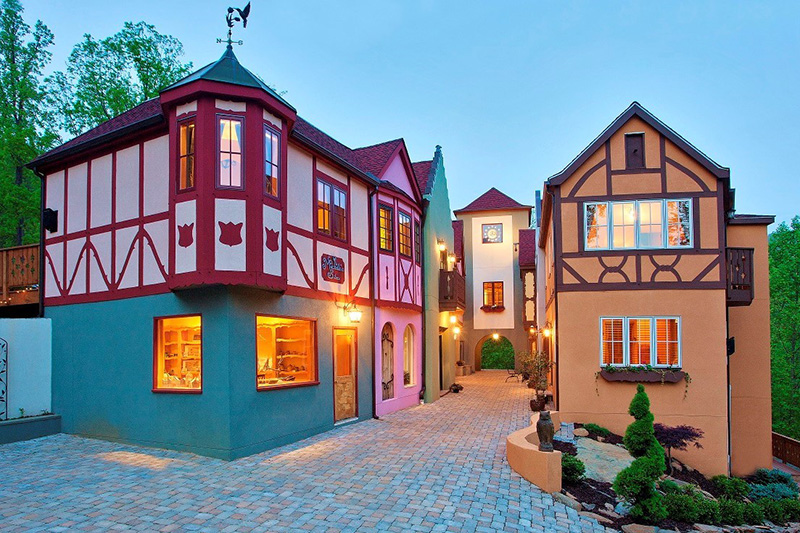
Where to Stay Among History
Several lodging options place you directly within Nelson County’s historical landscape. The Iris Inn occupies a restored 1910 farmhouse adjacent to the former Critzer family’s 19th-century Barrel Stave Factory, offering modern comfort within authentic historical context.
Wintergreen Resort sits on land that once hosted mountain farms and logging operations, with some guest accommodations incorporating original structures. The resort’s trails pass through foundations and stone walls that mark former homesteads, creating hiking experiences that blend recreation with archaeological discovery.
Fenton Inn in Roseland creates a European village atmosphere while incorporating local architectural traditions, demonstrating how historical inspiration can guide contemporary development without sacrificing authenticity.
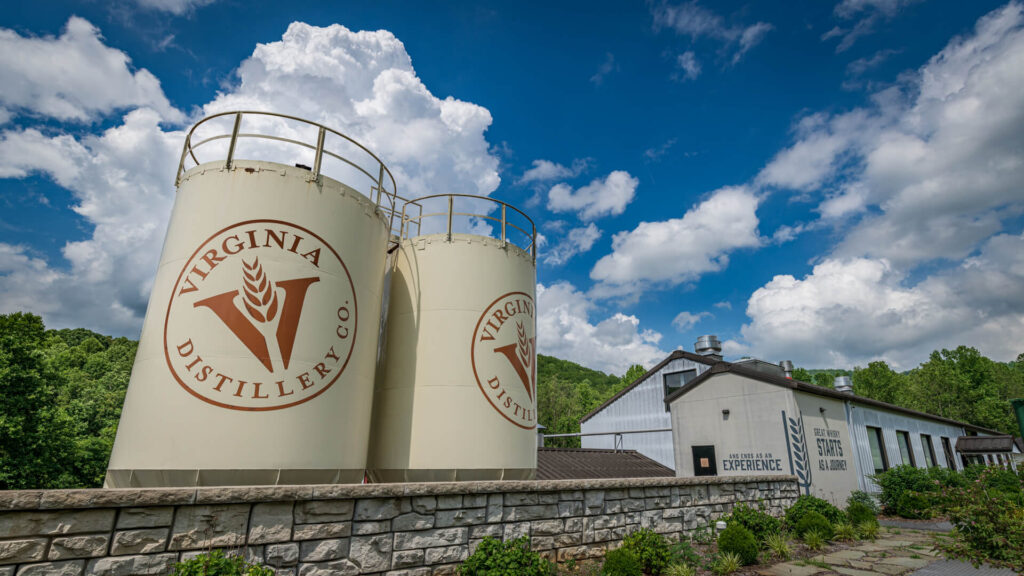
Craft Beverages with Historical Roots
Virginia Distillery Company operates from a stone building that evokes the Scottish distilleries that influenced Virginia’s whisky-making traditions. Their Courage & Conviction American Single Malt honors Dr. George Moore, the company’s founder whose vision connected Nelson County to global spirits traditions.
Many of the county’s wineries and breweries occupy sites with agricultural heritage stretching back generations. Veritas Vineyard & Winery sits on land that once produced tobacco and grain, showing how Virginia’s agricultural traditions adapt to changing markets while maintaining connection to the soil.
The craft beverage renaissance in Nelson County reflects broader historical patterns—how communities use local resources, adapt traditional techniques, and create new identities while honoring their past.
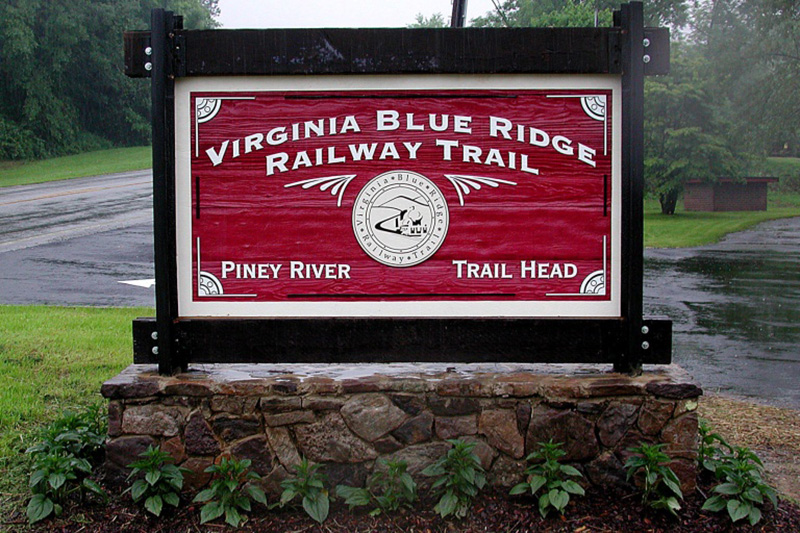
Historical Hiking: Trails with Stories
The Appalachian Trail crosses Nelson County along ridgelines used by Native Americans, European settlers, Civil War armies, and generations of mountain residents. Each step follows paths worn by countless feet over centuries of use.
Trail sections near Humpback Rock pass through areas where 19th-century farmers cleared fields and built stone walls that still mark property boundaries. The forest has reclaimed these clearings, but careful observers can spot foundation stones, old fence lines, and non-native plants that mark former homesteads.
The Blue Ridge Parkway itself represents 20th-century historical thinking about landscape and national identity. Built during the Great Depression, the parkway reflects New Deal ideals about public access to natural beauty and the role of government in preserving scenic resources.
The Living Landscape
Nelson County’s greatest historical lesson might be its demonstration of how communities adapt to changing circumstances while maintaining essential character. The same geographic advantages that made this area crucial for 19th-century transportation make it appealing for 21st-century recreation.
The mountains that sheltered Civil War movements now provide hiking destinations. The railroad tunnel that once carried commerce now offers unique recreational experiences. The agricultural traditions that sustained mountain families evolve into modern craft beverage production.
This isn’t historical preservation frozen in amber but living heritage that continues growing. Walking these trails, exploring these sites, and staying in these places connects you to stories that are still being written.
What makes Nelson County essential for history enthusiasts isn’t just its preserved sites—it’s the way historical forces continue shaping a landscape where past and present remain visibly connected.

